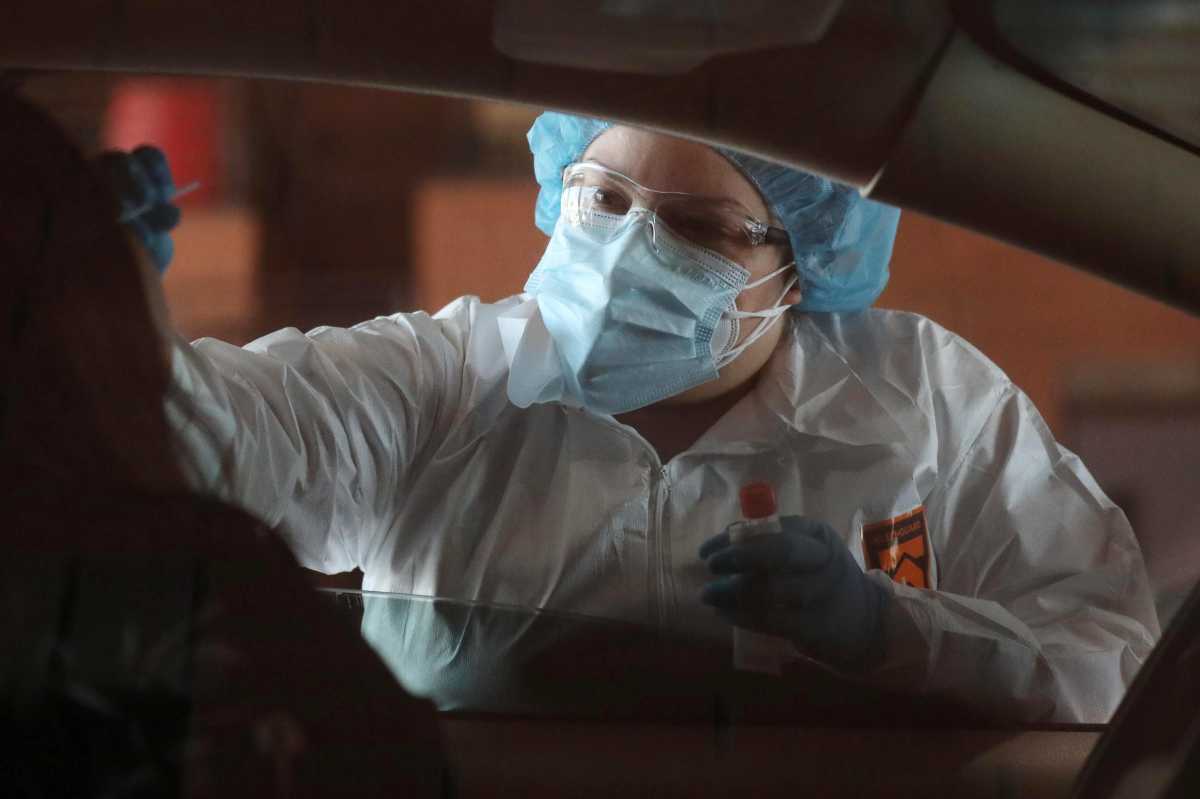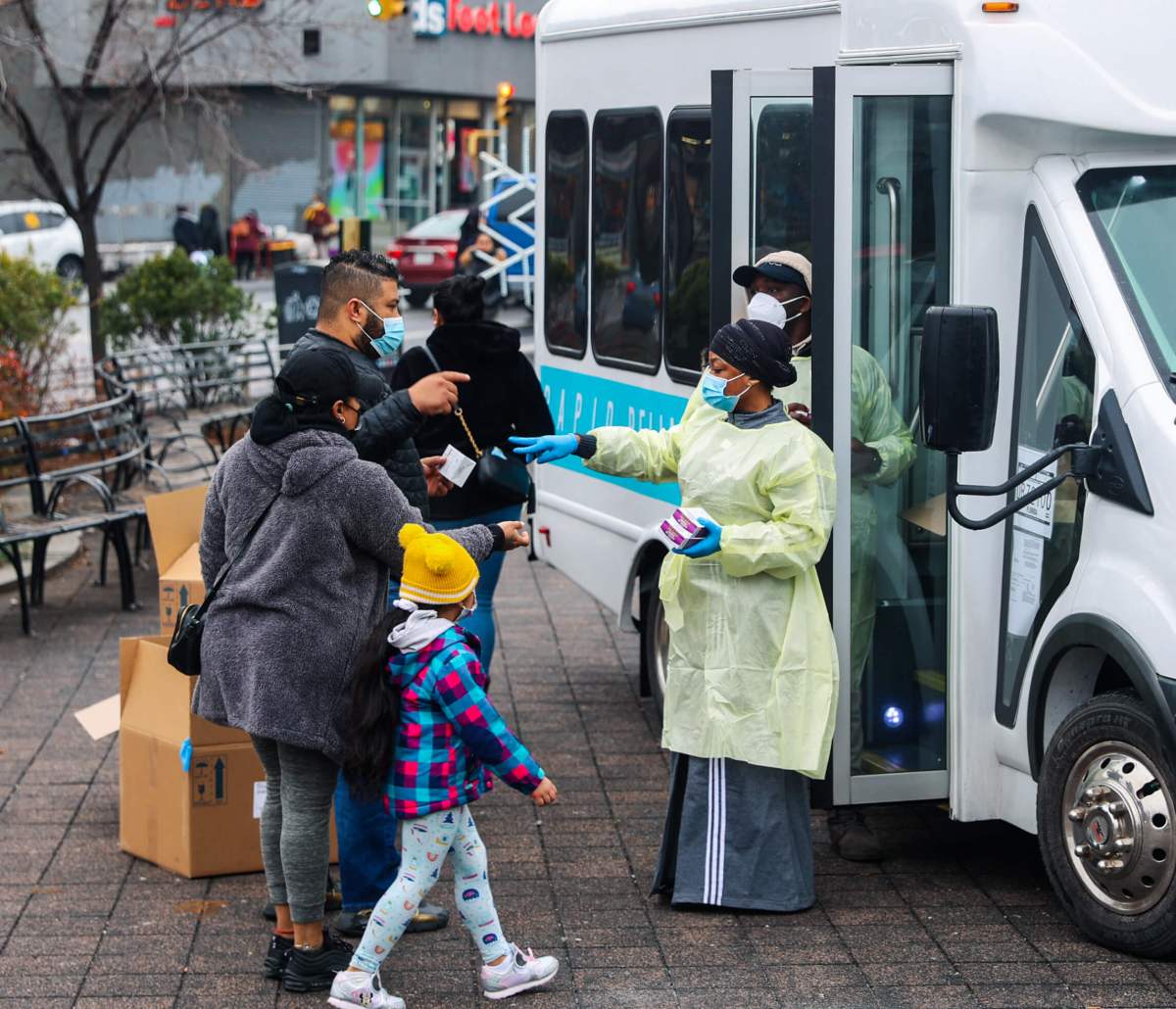Following a push from a cadre of local lawmakers, the City Council unanimously agreed to create a public database that will track spending on COVID-19 relief — which, the pols say, will help ensure that funds to combat the virus are distributed fairly across racial and socio-economic lines.
“As we learned following Superstorm Sandy, transparency of emergency and relief spending is critical,” said Coney Island Councilman Mark Treyger in a statement celebrating the bill’s passage. “We will be judged by our ability to deliver a fair, just, and equitable response to this pandemic.”
The COVID-19 Funding Tracker Bill, which passed on June 25, requires the mayor’s office to “establish and maintain a public online searchable and interactive database” within 90 days that would track all expenditures exceeding $100,000 to combat the spread of the virus and treat infected patients.
Treyger — who co-sponsored the bill with 19 of his colleagues — said that more transparency would bring increased accountability to how and where the money is being allocated, which would shed light on the lack of funding for poorer neighborhoods that have been disproportionately harmed by the virus.
“It is absolutely critical that we ensure resources are delivered to the hardest-hit communities as well as those areas that continue to have disparities that make them more vulnerable,” he said.
Data maintained by the city’s Department of Health continues to show a higher infection rate in neighborhoods with lower-income populations — including in Brooklyn, where East New York, Borough Park, Flatbush, and Canarsie have the highest number of infections per 100,000 people.
Alternatively, the three ZIP codes covering Park Slope, Cobble Hill, and Dumbo have the lowest infection rates in Brooklyn — and populations where household incomes are more than double the borough’s average, according to census data.
Treyger pointed the finger at Mayor Bill de Blasio’s administration for being partially responsible for the economic disparities between areas with differing infection rates, claiming that City Hall had given more aid to “less impacted, whiter, wealthier neighborhoods” — while failing to provide adequate masks, tests, and other necessities to less affluent communities.
“Coney Island didn’t receive a testing site until much later, but we proactively found a site. We had to fight to get masks after Southern Brooklyn was shut out of the distribution while Prospect Park had three free distribution sites,” he said. “We are not included on the list of ‘hardest-hit communities’, while less impacted, whiter, wealthier neighborhoods are included, with no explanation from City Hall.”
Councilman Justin Brannan, whose has also been critical of the lack of resources given to southern Brooklyn, added his approval for the passage of the recent legislation, saying the measure will give a renewed ability for New Yorkers to advocate for equality in the distribution of resources.
“As a person who was born and raised in, and now represents, an outer borough, I have all too often witnessed the disparity in how city funding is spent,” said Brannan. “This tracker will be a powerful tool for lawmakers and civilians to be able to hold the city accountable for its spending, in times when the city budget is healthy and especially when it is not.”




























